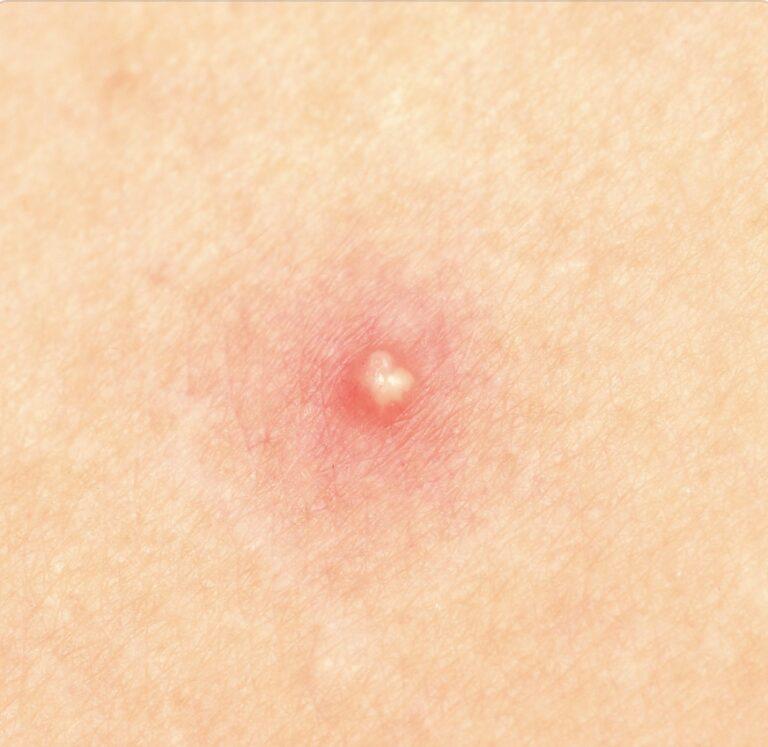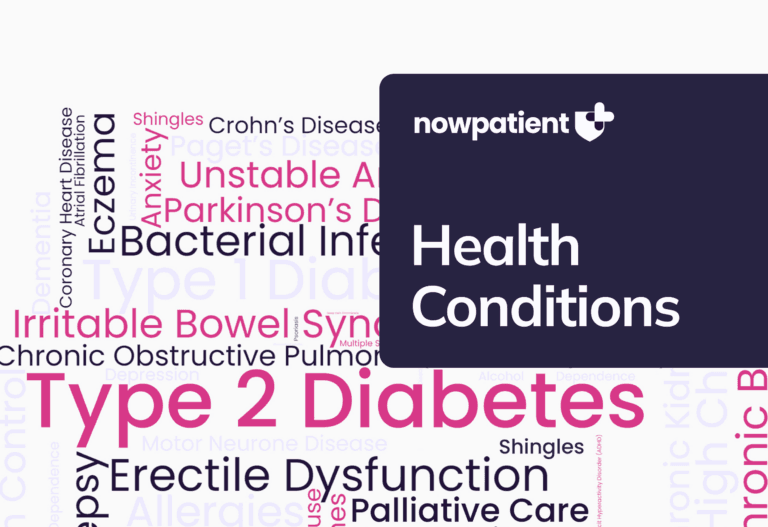There are few things quite as satisfying as popping a good pimple. There’s something deeply pleasing about getting all that gunk out of your skin.
But is there a right and a wrong way to pop a pimple? Or maybe you shouldn’t be popping your pimples at all? Here we’ll tell you all you need to know about popping pimples.
Pimples to pop
First things first. Let’s get clear on what kind of pimple we’re talking about here, as pimples and acne come in a wonderful range of varieties. When we’re talking about popping pimples, we’re talking about two types of pimple:
- Blackheads
- Pustules
Blackheads look like small, dark pimples on your skin, that often form on and around your nose. You get them when the pores in your skin become blocked by dead skin cells and sebum – this is the natural oil produced by your skin. With blackheads, the pore remains open, so the plugs of oil and skin cells react with the air and turn black.
When you squeeze blackheads, the plugs of sebum and dead skin pop out. Sometimes you can get multiple blackheads to erupt at the same time, which is even more rewarding.
Pustules start off as blocked pores too. The difference is that the pore gets infected by bacteria that are attracted to the skin cells and oil. The pimple becomes inflamed as your immune system fights the infection, and pus is produced (pus is mostly dead bacteria and white blood cells).
As the pus builds up, pustules form off-white to yellow tips. These are your typical poppable pimples that burst and release the pus as you pop them. Beautiful.
Should you pop your pimples or is it bad to squeeze a pimple?
To put it simply, no you shouldn’t squeeze or try and pop any pimples. We’ve all heard it at one time from parents or friends when you’re in front of the mirror about to get your pop on, but it is actually true.
This probably wasn’t the answer you were looking for, we know, but here’s why:
- When you squeeze a pimple, some of the gunk insides might come out, but some of it will be forced deeper into your skin This can spread the gunk and any infection into lower layers (your dermis) making it harder to treat
- Squeezing a pimple can break the walls of the pore, which can spread the infection into surrounding pores
- The gunk that comes out of the pimple and onto your face can also spread the infection to other pores. Bacteria on your fingers can also cause infections
- When you damage pores and push the infection deeper, you also risk your chances of causing permanent scars in your skin
Is it better to pop a pimple or leave it?
So as fun as it is to squeeze and pop your pimples, it can spread the infection and cause damage that can lead to scarring. That doesn’t mean that you simply have to leave your pimples and do nothing about them, however.
A better way to tackle pimples and acne is to start a daily skincare routine and use acne medication. We’ll tell you more about this below.
How do you safely pop a pimple?
OK. We know you’re only human.
You shouldn’t squeeze or pop your pimples, we’ve made that clear, but we know how hard it can be to resist sometimes. Especially if you’ve got a large, angry, pus-filled zit in the middle of your face.
If you absolutely must squeeze your blackheads and pop your pustules, you’ll want to know how to pop a pimple safely. Do it like this:
How to squeeze blackheads
It’s best to tackle blackheads after you’ve had a shower or a bath. Warm water can open your pores up and soften the plugs of gunk inside. When you’re ready, follow these steps:
- Wash your hands with warm water and soap, dry them, then cover your fingers with clean tissue paper
- Gently squeeze either side of the blackheads
- Use a rocking or massaging motion to ease the plugs out, don’t squeeze hard or dig your fingers into your face
- If you can’t remove a plug, don’t squeeze harder and harder, as you’ll increase your chances of causing damage. Leave stubborn blackheads as they are, you can try again a day or two later (although best to leave them alone)
- Wash your face with soap or facial wash. Apply an astringent or toner if you have one
How to pop a pustule
Only try this with pustules with an obvious pus-filled tip that looks ready to blow:
- Wash your hands with warm water and soap
- Pick up a thin, sharp needle or pin
- Clean it with rubbing alcohol to make sure it’s sterile
- Gently prick the top of the pimple. Come in at an angle, rather than straight on, and don’t push too deep. Just do enough to rupture the very top of the pimple
- Cover your fingers with clean tissue paper and place them either side of the pimple
- Draw your fingers back to open the pimple up, rather than squeezing. This should be enough to drain the pimple
- If some pus is left, you can gently squeeze the skin either side of the pimple using cotton pads rather than your fingers, as this lowers the risk of causing damage
- Gently rock your fingers around the pimple to get all the pus out
- Wash your face with soap or facial wash. Apply an astringent or toner if you have one
What pimples should you definitely not pop?
You shouldn’t pop any pimple, but if you have to, stick to blackheads and pustules. Don’t try and pop any of these:
- Whiteheads
- Papules and nodules
- Cysts
Whiteheads are like blackheads. They’re a clogged pore, but they’re covered by a thin layer of skin. This is why they usually have raised white tips, rather than forming blackheads.
Squeezing whiteheads is a bad idea. You may be able to get some of the gunk out, but as the affected pore has skin over it, you’ll likely press a lot of it deeper.
Papules and nodules are larger pimples, like pustules, but they don’t have a pus-filled tip. They probably have pus inside them, you can likely feel it, but don’t be tempted. You’d have to work hard to get anything out of them, which can risk causing damage to your skin that might result in scars.
Cysts are a more severe form of pustules and are common with more serious acne. They happen when the bacterial infection in a pustule gets worse. The walls of the pore break down and the bacterial infection spreads further and deeper, creating a bigger, angrier, more inflamed, more pus-filled pimple.
Although cysts can feel tight and ready to burst, the pus inside is usually too deep to safely push it to the surface. You’ll likely press most of it deeper into your skin.
What’s a better way to deal with pimples?
If you can’t pop your pimples, how can you get rid of them?
One option is to go to a professional. A dermatologist can treat your skin for you, they can extract blackheads and drain pustules without causing damage or spreading the infection.
A more cost-effective option, and one that can help over the long term, is to start a daily cleansing routine. This can be a great way to keep your face clear of the oil and dead skin that cause pimples. There are loads of products available to suit your skincare needs.
If you include a prescription treatment into your skincare routine, like tRetinoin (Retin A), you can make your routine even more effective. Tretinoin is a medically proven treatment for acne, which works by removing dead skin cells from your face and reducing the inflammation that acne sometimes causes. There’s even evidence that it can reduce the appearance of acne scars and fine lines or wrinkles.
Tretinoin is a prescription treatment, but you can order it NowPatient. Our doctors can assess your situation and are licensed to make prescriptions. Having completed your online consultation and once approved, you’ll receive a treatment plan from our doctors within two hours. Your tretinoin will then be shipped for free to your door.
Sources
Medical Disclaimer
NowPatient has taken all reasonable steps to ensure that all material is factually accurate, complete, and current. However, the knowledge and experience of a qualified healthcare professional should always be sought after instead of using the information on this page. Before taking any drug, you should always speak to your doctor or another qualified healthcare provider.
The information provided here about medications is subject to change and is not meant to include all uses, precautions, warnings, directions, drug interactions, allergic reactions, or negative effects. The absence of warnings or other information for a particular medication does not imply that the medication or medication combination is appropriate for all patients or for all possible purposes.








